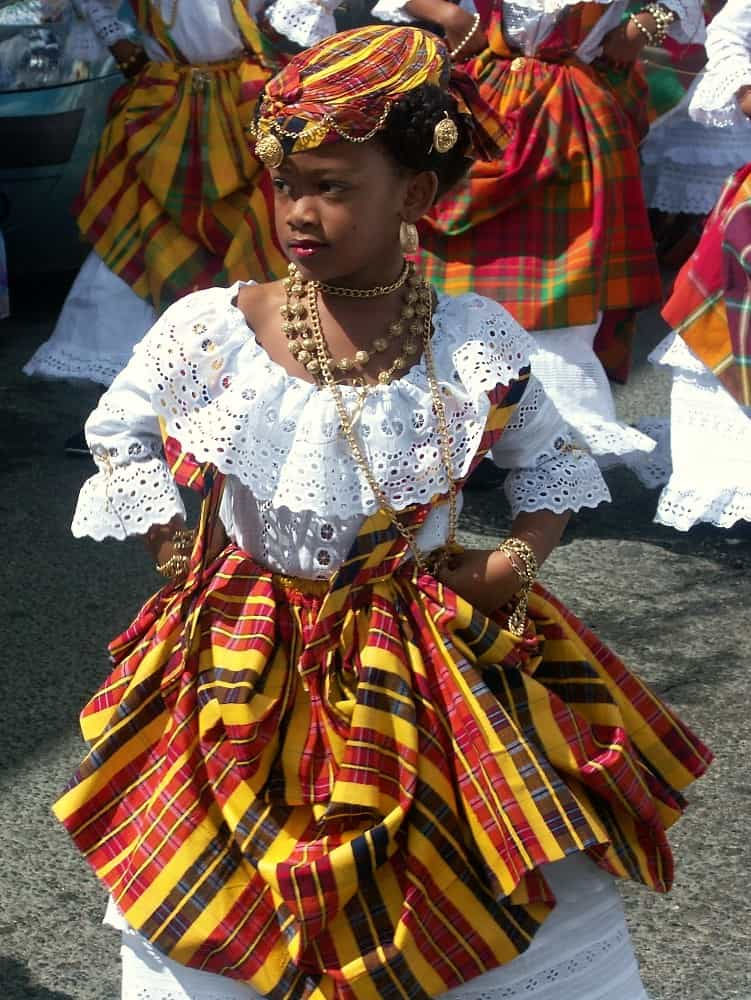- Bwa Brilé Team
- Nov 24, 2021
- 3 min read

Finally, Christmas is here! This is by far my favorite time of the year. And though I am no longer a child and no longer have children at home, I still feel like there’s magic in the air this time of the year. Of course, Christmas 2020 was very different from any Christmas I had ever known. Christmas 2021 promises to be better, so I am thrilled, even though I most likely will not be able to spend Christmas with all my family and friends in Martinique. Thank God for WhatsApp! Instead, it will be another quiet Christmas with me and my husband, enjoying being in good health and making sure the rest of our family stays safe. I’m grateful, but what do I call a real Christmas? The answer is simple: a real Christmas is nothing less than a traditional Christmas the Martinican way!
A RELIGIOUS EVENT
First, Martinique being a Catholic country, Christmas is a religious event. Even people who are not regular churchgoers attend Christmas mass. Traditionally, this mass was called La Messe de minuit (Midnight mass), although it would not really happen at midnight, but rather around 9 pm, since it gets dark so early in Martinique. Traditionally, Martinicans put on their best clothes and walked to church lighting the way with candles, but that tradition was gone by the time I was growing up. Once church was over, people would head home to greet Baby Jesus…and to party, of course!
CHANTÉ KANTIK
The weeks between La Toussaint (All Saints Day) and Christmas are the most anticipated time of the year because of the Chanté Kantik. Imagine going Christmas caroling. Traditionally in Martinique, however, you did not sing for your neighbor at his door. They invited you in, with plenty of food and drink, then they joined the group, and you all went on to the next neighbor’s house to sing. Wash, rinse and repeat throughout the whole neighborhood and you had a Chanté Kantik!
Today the “neighborhood type” of Chanté Kantik is slowly disappearing because it’s not always so easy to do it that way especially in the city. So today, Chanté Kantiks are more organized type events. You still usually bring food and drink (like a potluck), but sometimes bigger events are organized by the town, and there are even private Chanté Kantiks where you pay to get in. These usually feature professional musicians who specialize in Chanté Kantik (and come February will branch out for Carnaval—sounds like another blog post to come). Still, no matter the venue, the event retains its singing tradition; we even have an iconic book with all the songs (see slideshow below).
FOOD AND DRINK
Now, what is better than Christmas music? Yep! Christmas food. My mouth is watering as I am preparing this post. So, what do we eat at Christmas?
The first thing to know is that Cochon (pig) is King. It is baked into pâtés, and turned into boudin (a spicy blood sausage) and Janbon Nwel (a caramelized ham that is as sacred to us as the Thanksgiving turkey is to Americans. Even the use-the-left-overs-until-January part). The main traditional Christmas dish is a spicy pig stew called ragout, accompanied by pigeon peas and root vegetables (yams, dasheen) as well as plantans (big green bananas), bread fruit and sometimes rice.
And of course, the national drink, rhum, will always be on the table. For the holidays it will be accompanied with sirop de groseille (sorel syrup) and various sorts of fruit liqueurs, the main one being the schrub (dried orange peels macerated into rhum.)
I could write for pages and pages about Christmas in Martinique, but I do have to stop here. Once you are done enjoying the pictures – and doing your Bwa Brilé Christmas shopping, check out this article from the Uncommon Caribbean website to learn more about Christmas in Martinique. You can also try your French with this other article from AZ Martinique.
Have the best holiday season ever!






































